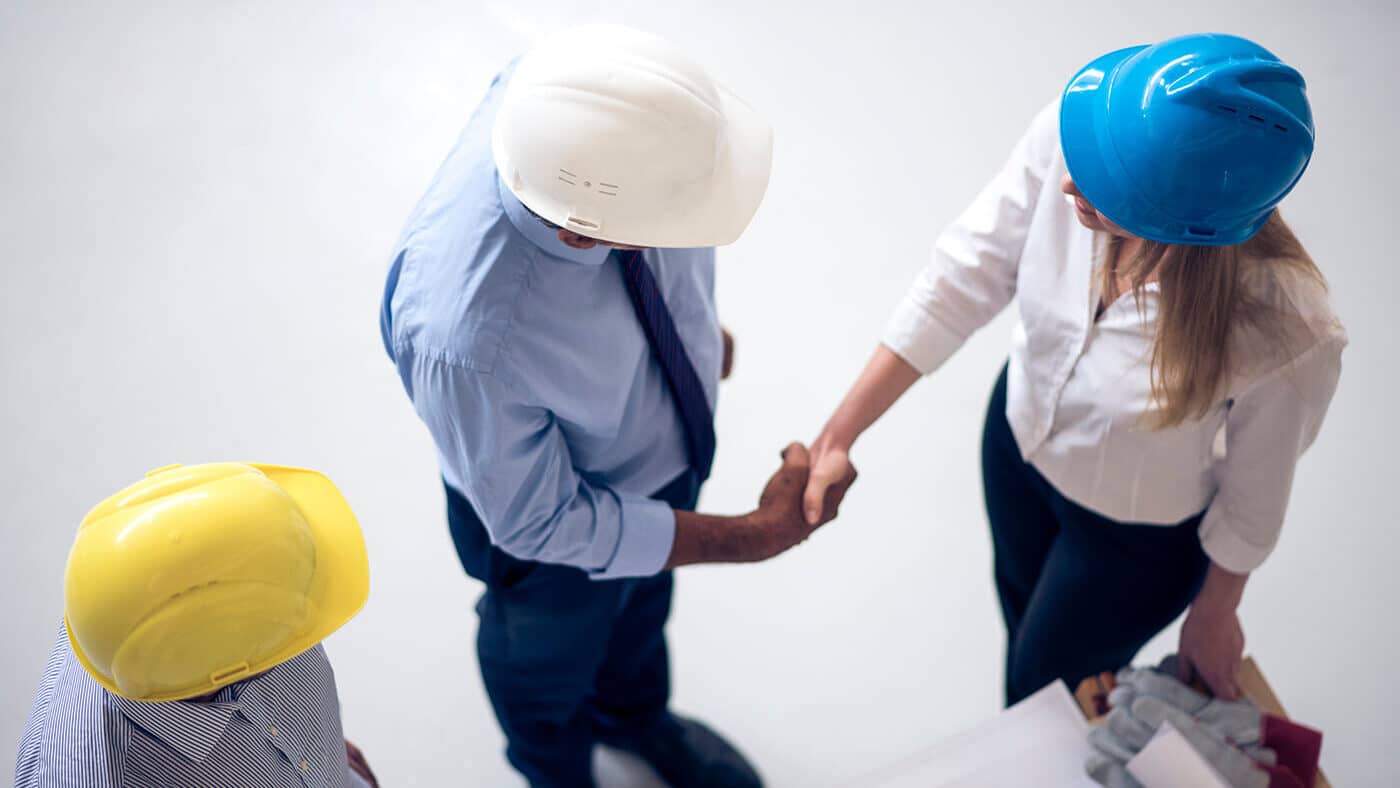Project closeout is an important step on every project, but when it comes to construction life cycles, the final stage is sometimes overlooked. It is especially easy to set these steps aside when the urgency to complete the project rises and the focus is on the few remaining construction activities and punch list items.
In this article, we discuss:
- what the project closeout process entails,
- how the successful execution of the project closeout can affect the team’s overall performance at the project’s completion,
- how the closeout process can hold up the project’s completion, and
- the details of a typical documentation process.
What Exactly is Construction Project Closeout?
Construction project closeout is the final phase of the project’s lifecycle. It includes collecting and packaging all the end-of-project deliverables for presentation to the owner. It is an important milestone in the project and the relationship as it officially marks the start of the project’s turnover process.
Common project closeout deliverables include
- Operations and maintenance manuals
- Warranties/Guarantees
- Project record drawings
- Attic stock and spare parts
- Testing, adjusting and balancing report
- Commissioning and testing reports
- Transmittals of purchased equipment/items with a clean title of ownership to the owner
- Certifications, customer sign-off, formal acceptance/turnover
- Closeout submittals, request for information, change orders, etc.
- Completed punch list items
How to Prepare Project Closeout
It is extremely important to check the project’s specifications regarding the closeout! This helps create a checklist of items to guide the completion and delivery of all documentation required by the owner and subject to the Architect of Record’s approval. A closeout meeting is typically conducted with all stakeholders to discuss the closeout procedures and activities. It is also good practice to establish the roles and responsibilities of the project team as part of this meeting.
Data collection is probably the most time-consuming task as it entails packaging the project closeout documents. Generating a timeline with the subcontractors and suppliers as well as noting the scheduled final activities of the project such as commissioning, training, substantial completion date, etc., are crucial to acquiring the necessary information needed to track and remove items from the checklist. A great deal of time can be saved by activating data collection early in the project.
Finally, it is vital to have a good sense of organization when it comes to handling and packaging documents. One way of approaching this is to view the organization of the materials from a layman’s perspective, i.e. organizing the documents in a way that allows someone not familiar with the project to understand what they are used for. A good example is a facility manager checking manuals for the troubleshooting procedures for specific equipment.
Documents should be properly categorized and labeled. The specifications should define the criteria for categorization and labeling, sometimes including color-coding schema. In some cases, clients may use systems where they request that contractors upload their closeouts as PDF files that can be submitted for approval by the Architect of Record. Nowadays, the industry is relying more on PDF files which can be saved and handed over on CDs or hard drives, rather than stored as printouts in traditional binders.
Why is On-Time Delivery Important?
On-time delivery of project closeout can be considered rare in the construction industry, but it is doable if the assigned individual has generated a good strategy from the start of the project. Success is then determined by the individual’s ability to execute the close-out plan diligently throughout the project.
An early or on-time submission of all project closeouts and approval coming from the Architect of Record may be the last item required to end the project which in turn releases the final retainage to the contractor. It is always better to get paid sooner rather than later. As the saying goes, a dollar today is worth more than a dollar tomorrow.
How Closeout Documentation Can Hold Up a Project
Most projects have some unique project requirements, which is why it is so important to review the closeout specifications! So how can these project requirements hold up a project nearing completion?
If the assigned individual is experienced in project close-out, the individual will know if the information in the specifications is updated or outdated. In some cases, projects nearing completion may experience hiccups if the project requirements are not realistic or lack clarity which can cause rework with the contractor if not addressed soon enough.
Another cause of delay in closeout documentation is the lack of proactiveness and communication from the assigned individual. For example, waiting too long for project documentation from subcontractors can be detrimental as they may have already moved onto future project(s) and may not be as responsive.
Lastly, failing to meet the required quality stipulated in the project’s specifications can cause delay. An approval from the Inspector of Record, Owner’s representative or Architect/Engineer is required to deem a specific aspect of the project or the whole scope acceptable. This process is what we call punch list items. Uncoordinated inspection and lack of teamwork among the participants may also generate multiple lists of punch items. This may generate more cost, time and labor to the contractor if not handled properly at the start of the process.
How to prevent Closeout Documentation from Delaying Project Completion
The trick to winning the project closeout game is to stay one step ahead of subcontractors. An assigned individual knows the construction schedule by heart which can help recognize which trades are close to completing their scopes of work. Knowing what is coming makes it easier to start following up for the needed project closeouts (e.g., warranties, guarantees, approved inspection from the manufacturer if needed, operations and maintenance manual). This helps set a realistic deadline for submitting project closeouts based on their respective schedule of completion. It is important that all this work be done before the subcontractors are paid 100% for their scope.
When sending document requests to subcontractors, suppliers or manufacturers, respective specifications should be attached in the email indicating what is needed regarding the scope of work. Oftentimes, subcontractors only send the usual general inclusions and forget their specific requirements (e.g., extended warranties per their contract agreement). A good way to approach this is to create and send a checklist of items to help guide them in providing the correct documents.
The Last Impression is the One that Matters Most
Even if a firm has an impeccable start and execution in building the project, having an inaccurate, incomplete, or disorganized project closeout portrays a poor overall performance to the Owner. A good delivery of the project closeout creates a positive, lasting impression of how the project team and the firm will be remembered. This in turn creates more opportunities for repeat business with the client and creates new ones elsewhere, through word of mouth.
To learn more about VERTEX’s Construction Consulting services or to speak with a Construction Expert, call 888.298.5162 or submit an inquiry.





